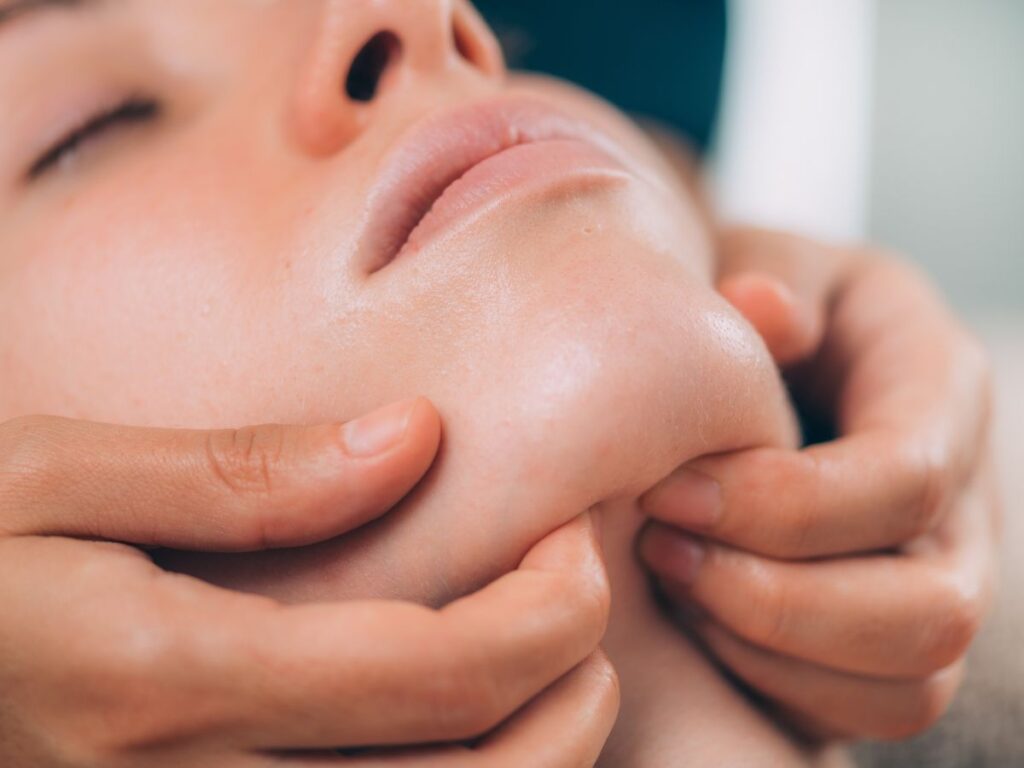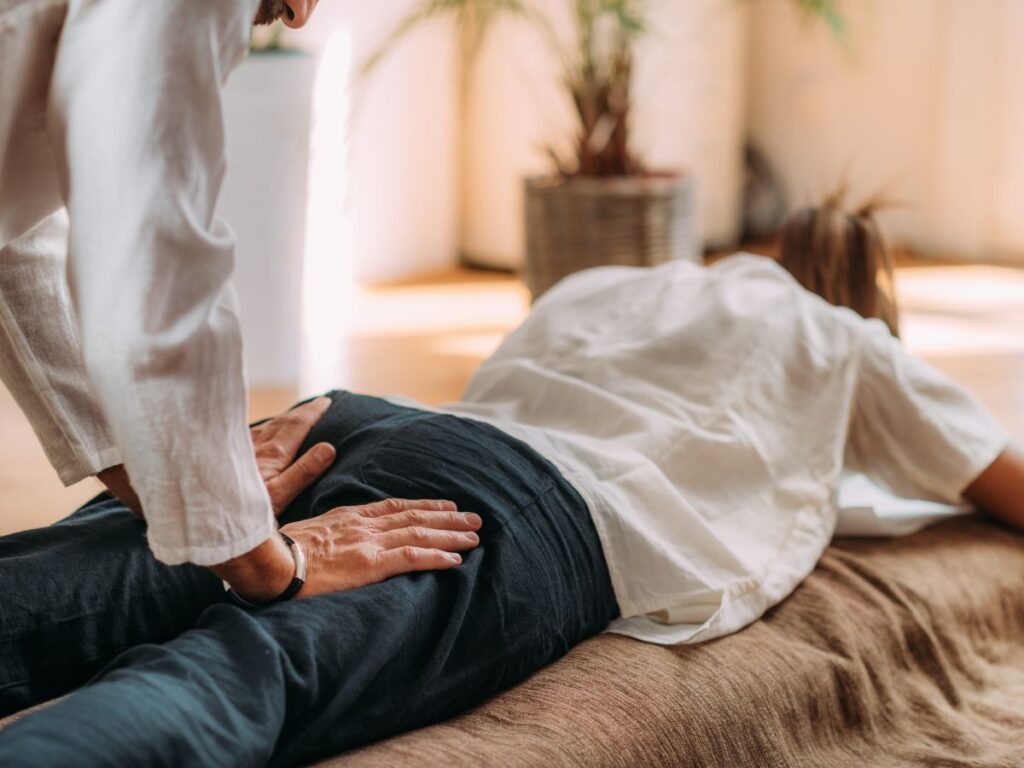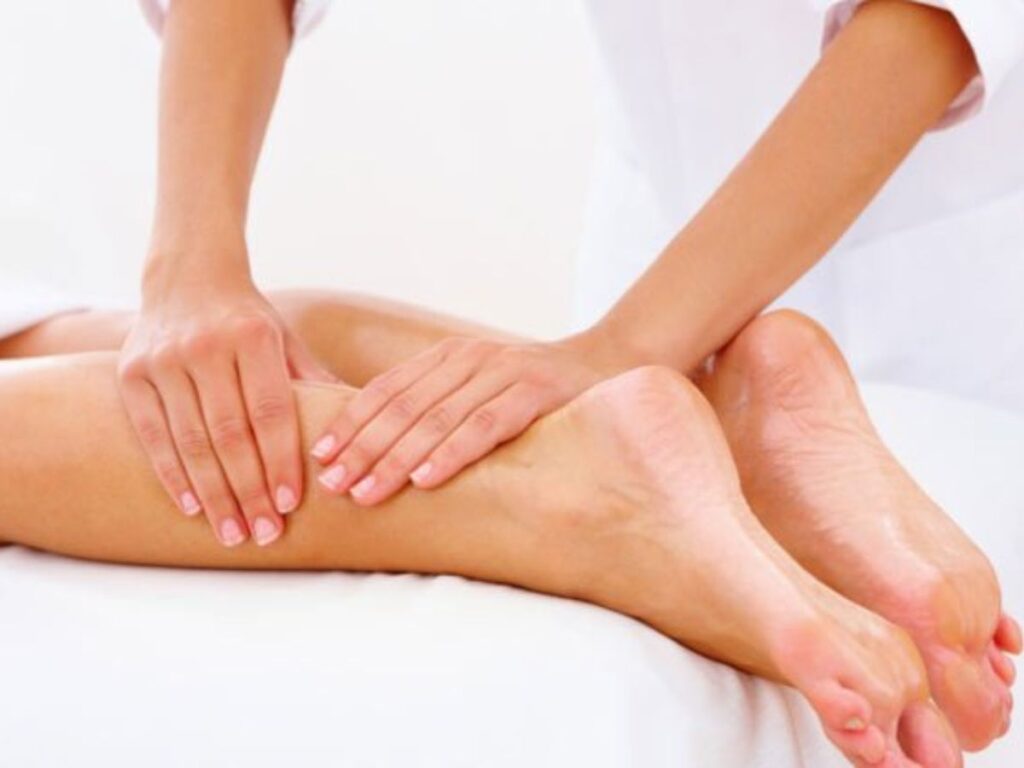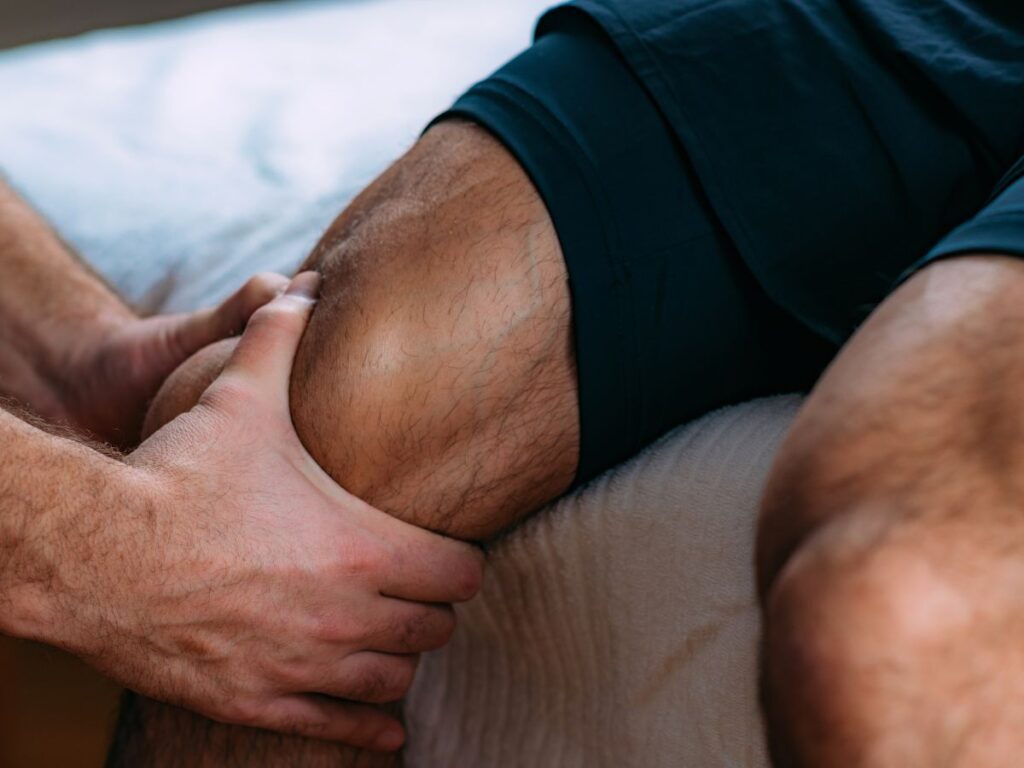How Massage Combats Head Pain
Headaches and migraines often originate from tension in the neck, shoulders, or scalp, triggering pressure and throbbing sensations that disrupt daily life. While medications can dull the ache, they rarely address the muscular or postural factors fueling the headache. Massage therapy, on the other hand, targets tight tissues around the cervical spine and base of the skull, releasing muscle knots and easing nerve compression. This tangible release fosters better blood flow to the head, mitigating triggers like tension or poor circulation. As headaches and migraines recede, patients frequently discover a calmer mind and improved overall function—free of the nagging worry that pain could strike at any moment.
Primary Headache Drivers
Tension headaches often stem from tight neck and shoulder muscles, locked into strain by stress or poor posture. Migraines can be set off by triggers like certain foods, hormones, or environmental factors, yet muscular tension often aggravates or prolongs an attack. Forward-head posture, teeth grinding, and prolonged device use amplify strain at the base of the skull. Massage therapists investigate these sources—pressing along the suboccipital region, upper back, or jaw muscles to release tension that radiates upwards. By soothing these hot spots, headaches that once lingered for hours may fade more quickly or vanish entirely.
Therapeutic Techniques for Headache Relief
Practitioners typically employ mild to moderate pressure along the scalp, neck, and upper back. Trigger point therapy around the suboccipital muscles—the small group connecting skull to spine—can neutralize tension headaches. Myofascial release along the traps and levator scapulae improves upper cervical alignment. Some sessions incorporate gentle cranial holds or scalp massage, easing vascular or nerve constriction in the head. By methodically addressing each layer—scalp, facial muscles, deep neck structures—massage softens the entire region involved in headache generation, offering a multi-front solution to persistent pain.
Dr. Elham’s Postural and Cervical Alignment
Misaligned cervical vertebrae can trigger or worsen headaches by pressuring nerve roots or straining neck tissues. Dr. Elham pinpoints these subluxations, applying chiropractic adjustments that restore neutral spine alignment. Massage therapy, in turn, cements these corrections by relaxing the tense muscles around the adjusted vertebrae. This dual approach, focusing on both skeletal and muscular components, halts the perpetual tension cycle in the upper body that perpetuates headaches. In many cases, it reduces the frequency and severity of attacks, giving patients longer pain-free intervals.
Notable Benefits of Headache Massage
Devoting sessions to headache or migraine relief can produce powerful advantages:
- Reduced Frequency: By releasing chronic tightness, headaches triggered by tension may occur less often.
- Shorter Duration: Ongoing muscle balance prevents mild headaches from escalating into severe, long-lasting episodes.
- Calmer Nervous System: Relaxation techniques in massage lower stress hormones, easing migraine triggers.
- Less Medication Reliance: As pain subsides naturally, patients often decrease painkiller usage, mitigating side effects.
- Better Quality of Life: Fewer headache days free up time for work, social activities, and hobbies without debilitating pain.
Over months, this consistent relief fosters renewed confidence, as patients no longer plan their schedules around unpredictable head pain.
Prolonging Relief at Home
Between massage sessions, subtle changes help maintain a tension-free neck and scalp. Simple stretches—like tilting the head gently side to side or rolling the shoulders—combat stiffness. Dr. Elham might recommend ergonomic fixes: raising laptop screens, adjusting chair height, or using a headset for phone calls. Managing triggers—like high-caffeine beverages or erratic sleep patterns—also reaps dividends in headache prevention. Relaxation strategies—deep breathing, short meditations, or warm compresses on the neck—keep stress-induced tension from escalating. By adopting these measures, you preserve the lightness and reduced pain threshold gained during massage sessions.
Handling Day-to-Day Hurdles
Frequent headaches sabotage productivity and social engagements, as the throbbing or pressure behind the eyes can make concentration impossible. Massage therapy addresses these functional struggles by clearing the muscular tension fueling head pain, improving mental clarity and stamina. Dr. Elham’s alignment checks ensure that neck and shoulder posture remains supportive, preventing headache recurrence from slouched or hunched stances. Gradually, tasks like reading, computer work, or commuting become less daunting, freeing you to focus on the content rather than the ache behind your brow.
Potential Worsening If Ignored
Untreated or poorly managed headaches can spiral into chronic migraine or tension-type patterns. Overactive neck muscles might develop trigger points that radiate constant dull aches. Elevated stress hormones undermine rest, fueling an unending pain-fatigue loop. In severe migraine cases, nausea, aura, or light sensitivity disrupts work and personal life. By contrast, consistent massage therapy, complemented by Dr. Elham’s alignment approach, intercepts these cycles early, halting the progression from sporadic discomfort to full-blown chronic headache syndromes.
Inside a Headache Relief Session
Sessions often start with gentle strokes along the neck and shoulders, identifying tense fibers or trigger points. Deeper pressure may follow around the suboccipital muscles, where tension frequently accumulates. If jaw clenching contributes to migraines, the therapist may include a bit of temporomandibular (TMJ) work, softening the masseter or temporalis. The scalp might receive light kneading to boost circulation, often surprisingly soothing. Throughout, the therapist monitors your comfort and headache sensitivity, ensuring the experience remains calming rather than overstimulating. Exiting the session, most individuals note a distinct release in the head and neck, with tension subsiding to a dull whisper or disappearing entirely.
Charting a Headache-Free Tomorrow
Headaches can overshadow life, but with the right blend of massage therapy and structural alignment, they needn’t define your routine. Weekly or bi-weekly sessions might tame stubborn tension, gradually spacing out to monthly tune-ups as stability grows. Dr. Elham’s periodic neck and shoulder evaluations confirm ongoing proper alignment, preventing regression. Meanwhile, small daily interventions—like posture checks or stress-management practices—consolidate the freedom from pain you gain on the table. Ultimately, this comprehensive approach helps convert relentless headaches or migraines into a rarity, letting you reclaim focus, creativity, and social engagement without the persistent shadow of impending head pain.






